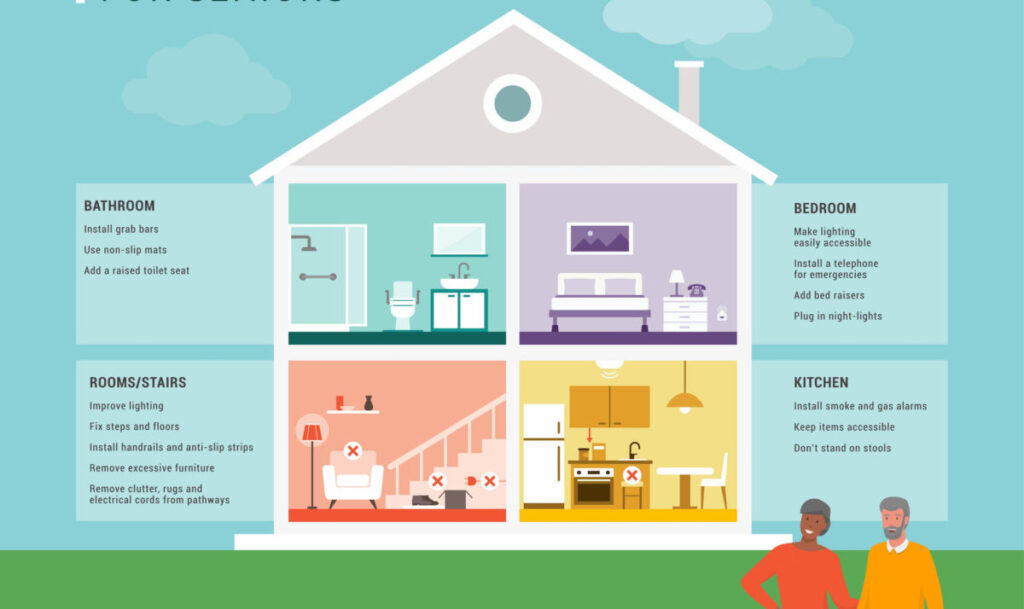
As the population ages, the conversation around senior care alternatives, such as nursing homes, St. Petersburg, FL, becomes increasingly prevalent. Nevertheless, a significant number of seniors demonstrate a strong preference for remaining in the comfort and familiarity of their own homes as they age. This decision process, known as ‘aging in place,’ encompasses living safely, independently, and comfortably in one’s home, irrespective of age, income, or individual abilities. It is a topic that touches nearly every aspect of life for older adults, encompassing emotional, physical, and financial considerations.
Introduction to Aging in Place
Aging in place is a popular concept that encourages seniors to stay in familiar environments, allowing them to maintain their preferences and autonomy. This approach improves their standard of living, provides continuity of community ties, and reinforces their connections to their stories and legacies. However, it requires careful planning and adjustment as individuals’ needs change over time.
Challenges Faced by Seniors Aging in Place
Aging in place involves modifying homes to ensure safety and accessibility due to physical declines. This may include installing ramps, bathroom grab bars, or widening doorways for mobility devices. Access to healthcare is crucial, as aging in place may require coordination of in-home care services, telemedicine, or transportation for medical appointments. Addressing social isolation risks can be mitigated through community programs, social activities, and fostering strong relationships with neighbors, friends, and family.
Healthcare Considerations
Beyond adapting physical spaces, effective aging in place also requires proactive healthcare planning. It encompasses managing chronic conditions, understanding the available home healthcare resources, and setting up a network of trusted healthcare providers. Seniors and their families must navigate a complex healthcare system, including long-term care policies, Medicare, Medicaid, and other insurance issues.
The Importance of Community and Support Systems
The importance of human connections in the aging-in-place strategy cannot be overstated. A robust and accessible support network is crucial. Family members, neighbors, friends, and caregivers can provide essential support when family members are unavailable. Active participation in local senior centers, faith-based organizations, and volunteer programs can also foster meaningful social interactions and community.
